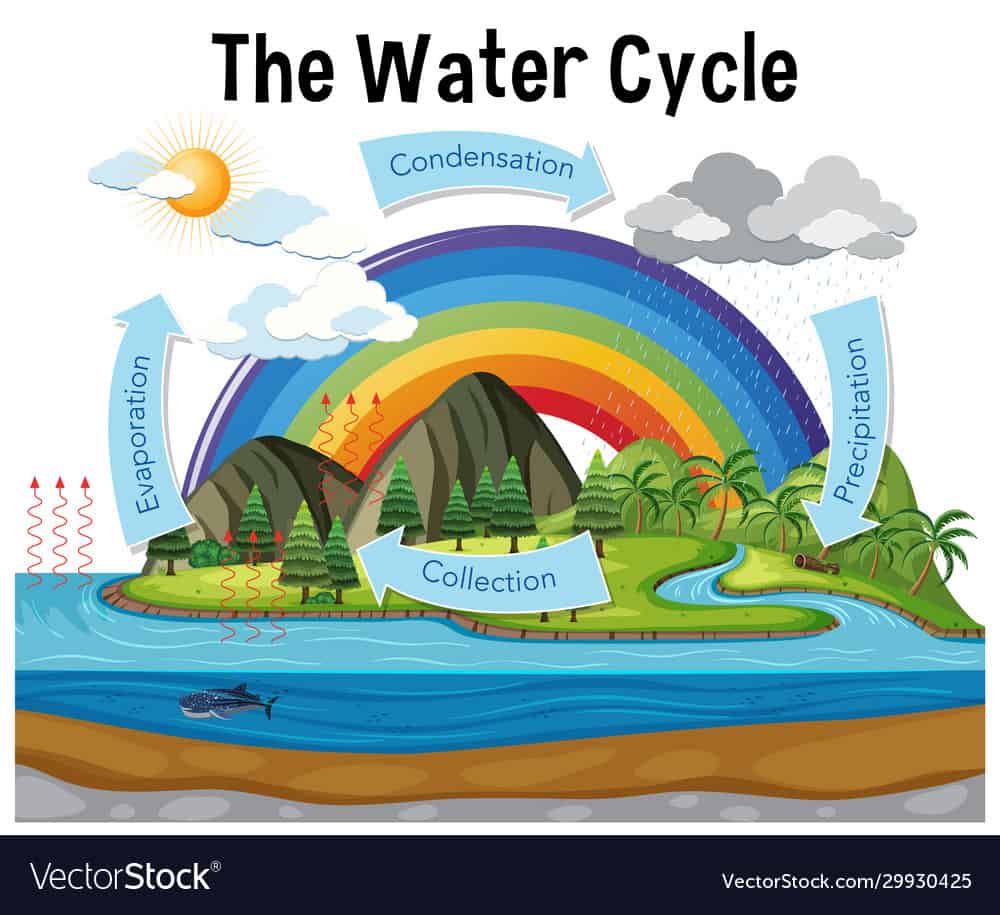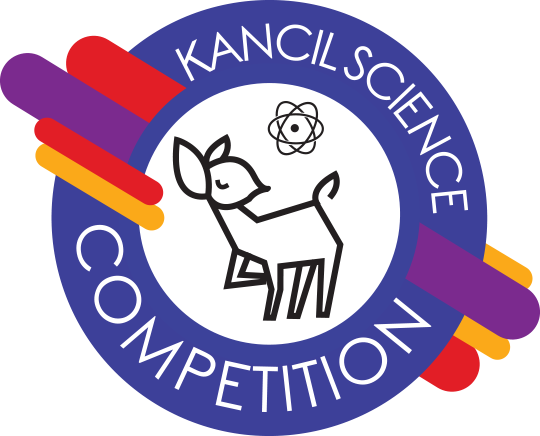Table of Contents
Water is one of the most important resources on Earth. It is essential for life, and it is constantly moving and changing.
This movement and change are called the water cycle. In this blog, we will be explaining the water cycle in simple terms for primary school students.
We will be discussing the main components of the water cycle:
- Evaporation
- Precipitation
- Collection
Condensation

Process by which water turns into vapor. When the sun shines on water, it causes the water to heat up.
As the water heats up, it turns into a gas called water vapor. This process is happening all around us, all the time.
For example, when you leave a glass of water outside on a hot day, the water in the glass will eventually turn into water vapour and disappear.
Process by which water falls back to the ground. When water vapour cools and becomes heavy, it falls back to the ground as rain, snow, sleet, or hail.
Precipitation is a vital part of the water cycle because it replenishes the water supply on Earth.
For example, when it rains, the water falls from the sky and fills up rivers, lakes, and oceans. This water can then be used for drinking, irrigation, and many other purposes..
Process by which water is collected and stored. Water is collected in rivers, lakes, and oceans. The water in rivers and lakes is called surface water.
The water that is stored underground is called groundwater.
Humans collect and use water from various sources, such as wells, dams, and reservoirs.
Another component of the water cycle is condensation, which is when water vapour turns back into liquid.
This happens when the air cools down, like when you see droplets of water form on the outside of a cold glass of water on a hot day.
This process is the opposite of evaporation, and it also contributes to the formation of clouds.
In conclusion, the water cycle is a continuous process that is essential for life on Earth. Evaporation, precipitation, and collection are the main components of the water cycle.
We hope that this blog has helped you understand the water cycle in simple terms.
It’s important to remember that we need to be mindful of the water we use and to conserve and protect water resources.
We can do our part by turning off the tap while brushing our teeth, taking shorter showers, and being mindful of the water we use in our daily lives.




